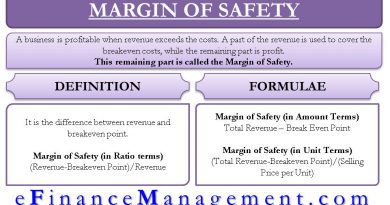Low Interest Rate Environment Definition Example Effects

Low Interest Rate Environment Definition, Example, Effects
What Is a Low Interest Rate Environment?
A low interest rate environment occurs when the risk-free rate of interest is lower than the historic average for a prolonged period of time. In the United States, the risk-free rate is generally defined by the interest rate on Treasury securities.
Zero interest rates and negative interest rates are extreme examples of low interest rate environments.
Key Takeaways
– Low interest rate environments occur when the risk-free rate is set lower than the historical average.
– Much of the world entered a low interest rate environment following the 2008-09 financial crisis.
– Low interest rate environments tend to benefit borrowers at the expense of lenders and savers.
Low Interest Rate Environment Explained
Much of the developed world has experienced a low interest rate environment since 2009 as monetary authorities cut interest rates to effectively 0% to stimulate economic growth and prevent deflation.
Low interest rate environments stimulate economic growth by making it cheaper to borrow money for investment in physical and financial assets. Negative interest rates are a special form of low interest rates, where depositors must pay the central bank (and in some cases, private banks) to hold their money.
Low interest rates can be both a boon and a curse. Savers and lenders lose out, while borrowers and investors benefit.
Real-World Example of a Low Interest Rate Environment
From 1999 to 2021, the interest rate environment in the United States represents a low interest rate environment. The period following the 2008 financial crisis until around 2017 had rates below historical norms and close to 0%. Rates began to rise in 2017 but fell again in 2019 and return close to 0% in 2020 due to the COVID-19 pandemic.
Who Benefits From a Low Interest Rate Environment?
The Federal Reserve lowers interest rates to stimulate growth during economic decline. A low interest rate environment is great for homeowners, reducing their monthly mortgage payment and enticing prospective homeowners into the market. It also means more spending money for consumers, leading to larger purchases and borrowing, which benefits financial institutions. Businesses can also make large purchases and boost their capital.
Drawbacks of a Low Interest Rate Environment
While there are advantages, there are also drawbacks to a low interest rate environment, especially if rates are kept extremely low for a long period of time. Lower borrowing rates affect investments, resulting in minimal returns for savings accounts. Bank deposits and profitability decrease, and more debt is taken on as interest rates rise, posing a problem for banks and consumers.



